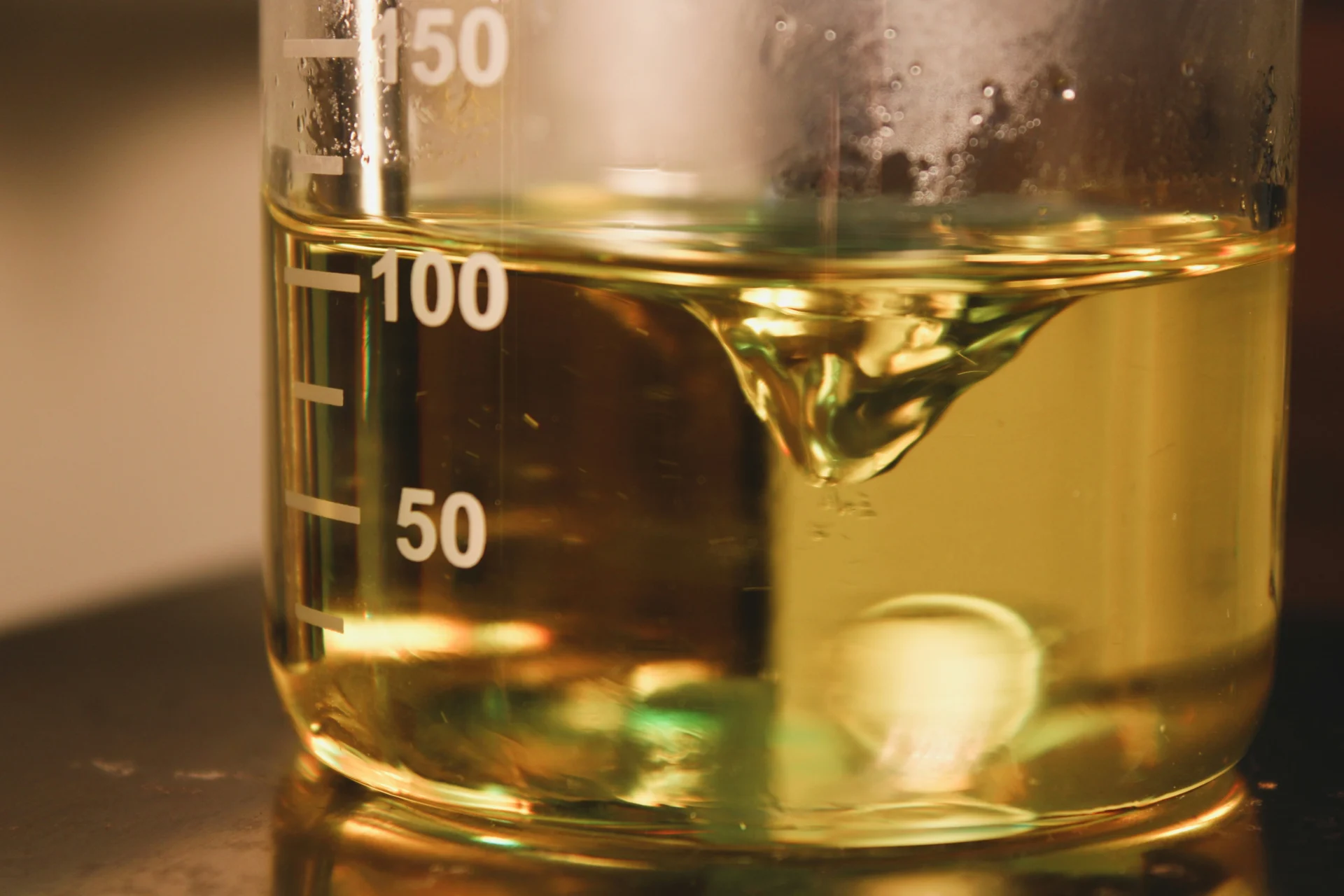13,16,19-Docosatrienoic acid, also known as adrenic acid, is an omega-6 fatty acid that plays a significant role in human health. This fatty acid is present in various tissues in the body and has been linked to important physiological functions such as inflammation, immune response, and neuronal development.
In everyday life, adrenic acid is crucial for maintaining the integrity of cell membranes and supporting overall health. It is involved in the production of hormones and serves as a precursor for various compounds that are vital for normal bodily functions. Additionally, adrenic acid has been studied for its potential therapeutic benefits in managing certain diseases, such as cardiovascular disorders and inflammation-related conditions.
Overall, understanding the relevance of 13,16,19-Docosatrienoic acid in everyday life underscores the importance of consuming a balanced diet rich in essential fatty acids for optimal health and well-being.
Table of Contents:
- 💡 Commercial Applications
- ⚗️ Chemical & Physical Properties
- 🏭 Production & Procurement
- ⚠️ Safety Considerations
- 🔬 Potential Research Directions
- 🧪 Related Compounds
💡 Commercial Applications
13,16,19-Docosatrienoic acid, also known as DTA, is a long-chain polyunsaturated fatty acid commonly found in fish oil. In commercial and industrial applications, DTA is used as a nutritional supplement in various health products due to its anti-inflammatory properties and potential benefits for cardiovascular health.
Furthermore, DTA has shown promise in the development of skincare products, as it may help improve skin hydration and elasticity. In the food industry, DTA is used as a dietary supplement in functional foods and beverages to promote overall health and well-being.
In terms of drug and medication applications, research suggests that DTA may have potential therapeutic benefits for conditions such as arthritis, autoimmune diseases, and certain types of cancer. Studies have shown that DTA can modulate inflammation and immune response, making it a promising candidate for the development of novel treatments for various medical conditions.
⚗️ Chemical & Physical Properties
13,16,19-Docosatrienoic acid is a long-chain polyunsaturated fatty acid that is typically a colorless to pale yellow liquid at room temperature. It has a mild, fatty odor.
With a molar mass of approximately 330 g/mol and a density of around 0.91 g/cm³, 13,16,19-Docosatrienoic acid is lighter than common food items such as olive oil and butter. Olive oil has a molar mass of about 884 g/mol and a density of approximately 0.91 g/cm³, while butter has a molar mass of around 422 g/mol and a density of roughly 0.90 g/cm³.
The melting point of 13,16,19-Docosatrienoic acid is typically around -5°C, and it has a boiling point of approximately 230°C. In comparison, common food items like sugar have a melting point of about 186°C and a boiling point of around 368°C.
13,16,19-Docosatrienoic acid is insoluble in water but soluble in organic solvents. It typically exhibits a low viscosity. In contrast, common food items like salt are highly soluble in water, and substances like honey have a higher viscosity.
🏭 Production & Procurement
13,16,19-Docosatrienoic acid, also known as DTA, is a long-chain polyunsaturated fatty acid that is produced in the human body through the elongation and desaturation of linoleic acid. This process primarily occurs in the liver and involves a series of enzymatic reactions that convert linoleic acid into DTA.
In terms of procurement, 13,16,19-Docosatrienoic acid can be obtained through the consumption of certain foods such as fish, algae, and certain types of oils. These sources naturally contain DTA and can be incorporated into the diet to increase DTA levels in the body. Additionally, DTA supplements are available for purchase and can be easily transported for consumption.
When it comes to transportation, 13,16,19-Docosatrienoic acid is typically found in the form of dietary supplements or enriched oils that can be easily transported and stored. These supplements are often encapsulated or bottled for convenient consumption and can be transported through various means such as mail delivery or in-person purchase. It is important to ensure proper storage and handling of DTA supplements to maintain their efficacy and quality.
⚠️ Safety Considerations
Safety considerations for 13,16,19-Docosatrienoic acid, also known as DTA, must be taken into account due to its potential hazards. This compound may cause skin irritation and serious eye damage. It is also harmful if swallowed, leading to gastrointestinal irritation and even corrosion of the esophagus.
Hazard statements for 13,16,19-Docosatrienoic acid indicate its potential dangers. These include causing severe skin burns and eye damage. It is also harmful if swallowed and may lead to respiratory irritation. Additionally, this compound may cause damage to organs through prolonged or repeated exposure.
Precautionary statements for handling 13,16,19-Docosatrienoic acid are crucial to ensure safe usage. It is important to wear protective gloves, clothing, and eye protection when working with this compound. Avoid breathing in vapors or mist and use in a well-ventilated area. In case of skin contact, wash thoroughly with soap and water, and seek medical attention if irritation persists.
🔬 Potential Research Directions
One potential research direction for 13,16,19-Docosatrienoic acid is its role in inflammation and immune response modulation. Studying the effects of this omega-3 fatty acid on inflammatory pathways could provide valuable insights into the development of new therapeutic strategies for inflammatory diseases.
Another area of interest for research on 13,16,19-Docosatrienoic acid is its potential anti-cancer properties. Preliminary studies have suggested that this fatty acid may inhibit tumor growth and promote apoptosis in cancer cells. Further investigation into its mechanisms of action could lead to the development of novel cancer treatments.
Research on the effects of 13,16,19-Docosatrienoic acid on neurological health is also a promising direction. Some studies have indicated that this omega-3 fatty acid may have neuroprotective properties and could potentially be used to prevent or treat neurodegenerative diseases such as Alzheimer’s and Parkinson’s. Further research is needed to elucidate the mechanisms underlying these effects.
🧪 Related Compounds
One similar compound to 13,16,19-Docosatrienoic acid is 16,19-Docosadienoic acid. This compound has a similar structure with a chain of 22 carbon atoms and two double bonds at positions 16 and 19. The difference lies in the location of the double bonds, which gives it slightly different properties and biological functions.
Another related compound is 13,16-Docosadienoic acid, which also contains 22 carbon atoms but with double bonds at positions 13 and 16. This compound is structurally similar to 13,16,19-Docosatrienoic acid but lacks the double bond at position 19. The absence of this double bond can affect the compound’s biological activity and function in the body.
Additionally, 13,16,22-Docosatrienoic acid is another compound that shares a similar structure with 13,16,19-Docosatrienoic acid. This compound has double bonds at positions 13, 16, and 22 along the 22-carbon chain. The presence of the double bond at position 22 distinguishes it from 13,16,19-Docosatrienoic acid and gives it unique properties and potential biological activities.







